When was the Black Olympus Trip 35 produced? Is it really rarer than the silver version? This article tries to piece together the story behind the beautiful black camera.
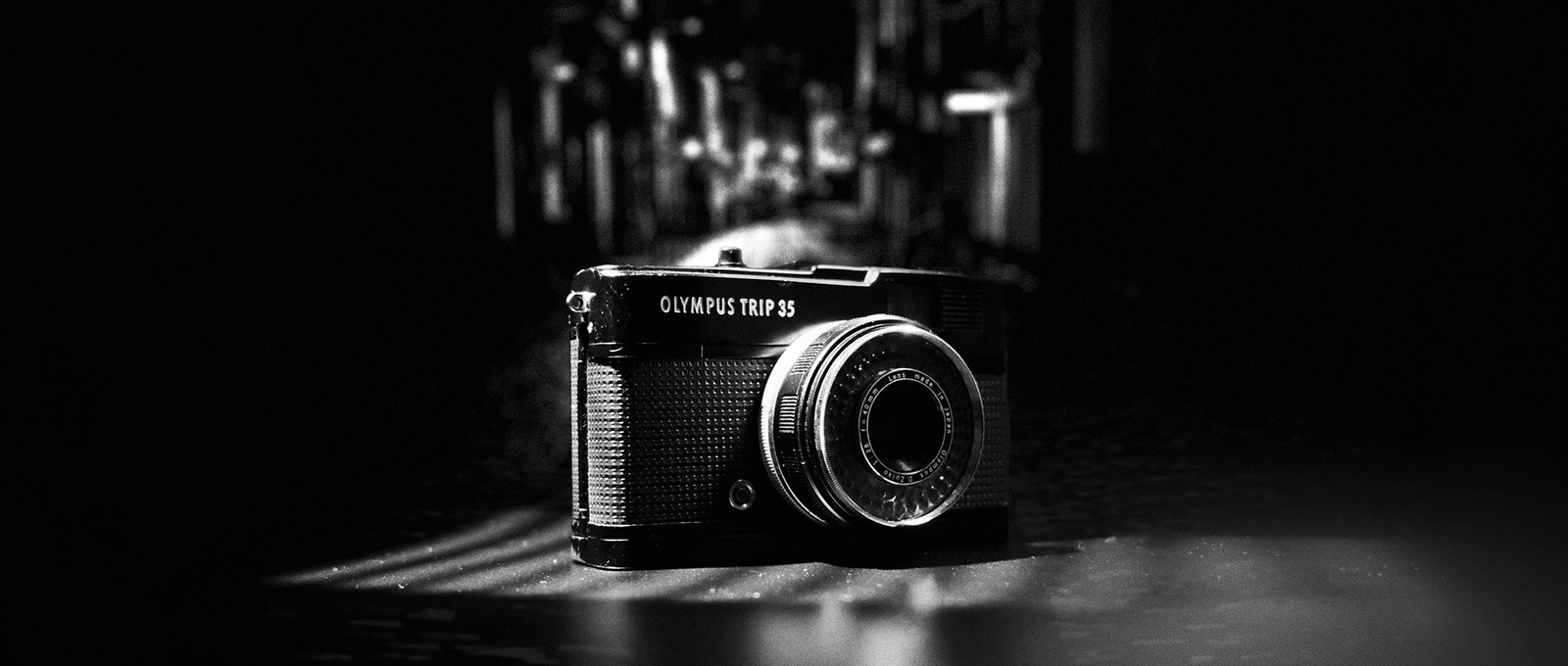
Olympus Trip 35 Black Edition – Into the Dark
When I started researching the Olympus Trip 35 for my article “Ghost in the Machine” I stumbled upon a few listings of the camera with a black finish. They were usually higher priced and much rarer to come by.
I started looking into this black finished version – but to my surprise, there were few sources online and none of them held any verifiable information on when or how the black finish was produced. The consensus was that the black version is probably rarer. The ones that mentioned a two-year production run did not provide any context, sources or further details.
This led me down a rabbit hole in pursuit of the origins of the black edition and the other “special” editions that are floating around the internet.
Asking Olympus (OM Systems) directly
After scouring numerous blogs and camera wikis for an answer, I decided to ask Olympus (now named OM Systems) via email. After all, they built the Trip 35 between 1967 and 1984, so who would know better?
I initially did not think I would get a reply but after just two days (!) the marketing director replied. I was pretty stoked by the fast reply (he was also super friendly) but the information was quite disappointing:
No one from the time the camera was made was left in the company to ask.
However, he assured me that he would ping back in the unlikely event something pops up. So one day I might update this article with his reply.
Collecting hints & clues
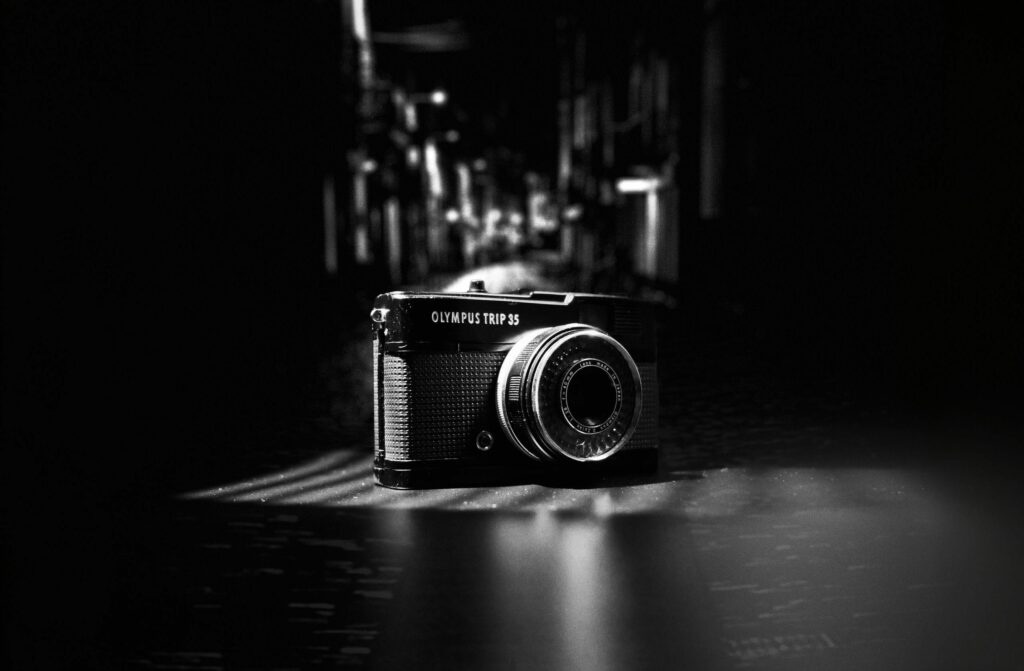
If even the manufacturer has no verifiable information on the Black Olympus Trip 35, it will be difficult to get definitive answers. This means I have to rely on deduction and research resources from the time to find hints about when the camera was made.
I started by searching for old ads and articles on newspapers.com. The site hosts millions of old scanned newspapers and magazines from the US. I often use it to research older cameras to understand how and to whom a certain camera model was marketed.
A spike in articles between 1969 and 1972
I first looked up the most logical search term: “Olympus Trip 35 Black.” I only considered articles published during the production period of the Trip 35 (1967–1984). I also ignored listings of used cameras and focused on ads by camera resellers that advertised new items.

The result was quite telling. The first ads for the black Olympus Trip 35 appeared around July 1969. Most of the ads, however, were released between 1970 and 1972.
After that, there are only a few occasional mentions. After 1984, the mentions rose again, however exclusively as used or second-hand listings.

This leads me to believe that the black finish was only produced and marketed for a relatively short period—between 1969 and 1972. However, even with this information, exactly how long the Black Olympus Trip 35 was produced remains unclear.
The Olympus Trip 35 “Traveler’s Kit”
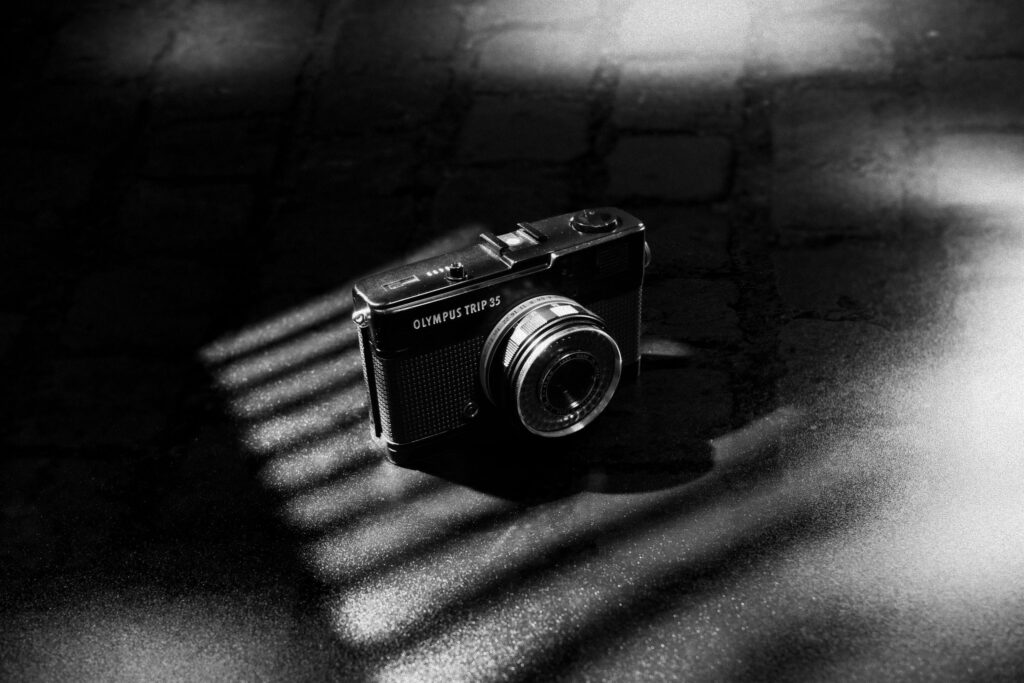
After examining the distribution of the ads, I focused on their content. They revealed the most important information about the black edition: it was part of a special edition advertised as the “Traveler’s Kit.” This special edition consisted of the following components:
- A black-finished Olympus Trip 35
- A Vivitar Model 90 Flash
- A Vivitar 830 Compartment Case
The original silver Trip 35 was initially marketed as a camera for hobbyists, with its ease of operation and automatic features being appealing to this audience. From my understanding, the Black Trip 35 from the “Traveler’s Kit” was marketed towards traveling professional photographers and photojournalists.
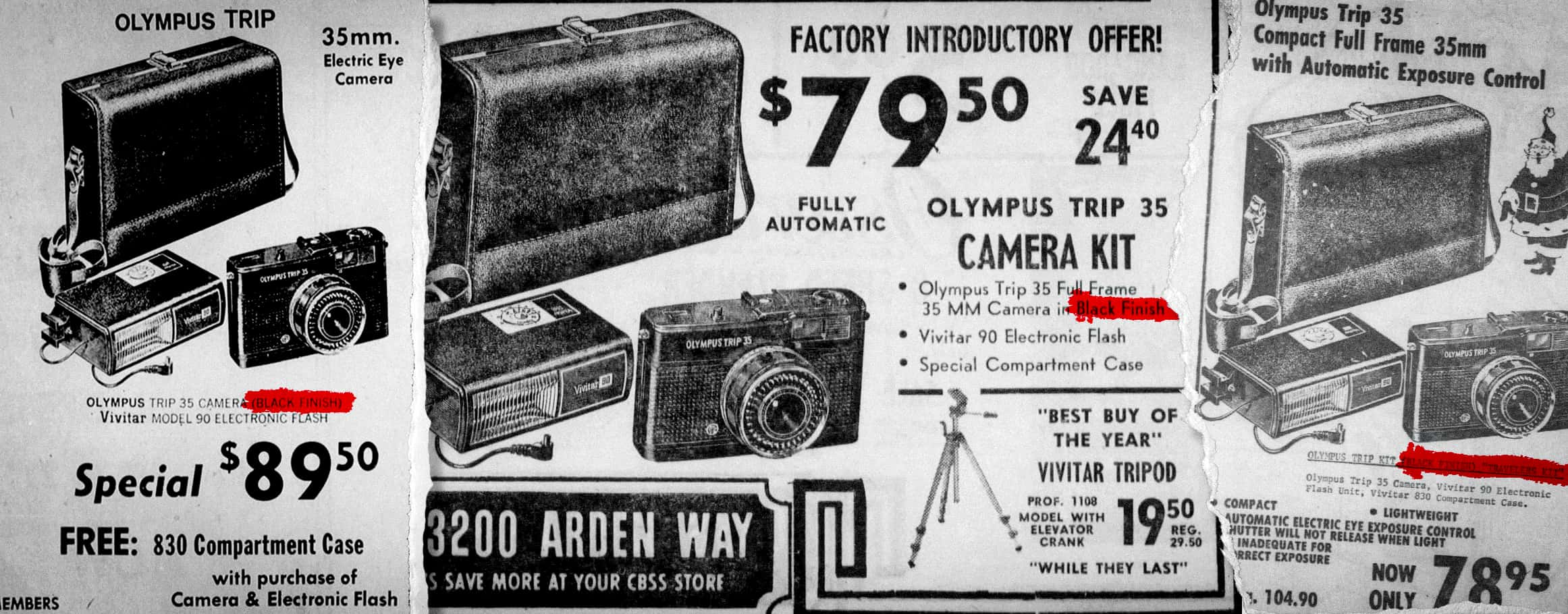
Before cheap, durable plastics were common, painting metal parts was an additional manufacturing step compared to using bare metal. So, why was it used?
A black finish is often referred to as “professional.” In studio photography, black camera bodies reduce the impact of unwanted reflections of the camera in subjects or make them less noticeable. It also adds a layer of discretion for street or event photography, especially at night. For these reasons, most cameras today marketed towards professional use are still black. Nostalgia-inspired metal bodies are returning, but you rarely see them used in studio environments.

The hunt for serial numbers
Each Olympus Trip 35 is marked with a unique serial number on its top plate. While the number doesn’t provide details about when or where the camera was produced, it does give a rough idea of its production period.
It’s commonly believed that these serial numbers start at 100,000 and increase sequentially. However, they may not follow a strict sequential order due to manufacturing processes, such as using pre-stamped top parts. Many Trip 35 cameras found online have seven-digit serial numbers, indicating production in the millions.
If the black finish was only produced around the time it was advertised, it should have lower serial numbers. This would confirm that it was made relatively early in the entire production run of the Trip. I began gathering serial numbers from every picture I could find online and compiled them in a spreadsheet. The numbers are sourced from eBay auctions, Facebook groups, Etsy listings, blogs, and similar websites. While not exactly scientific, I saw this as the only option that was entirely doable online.
Estimated serial number range of the black version
I found around 50 pictures or texts with clearly readable serial numbers, all in the predicted six-digit format. The lowest serial number I found was 237289, and the highest was 622580. Based on this data, my assumption is that the black Trip 35’s serial numbers likely fall between 200000 and 700000. However, this cannot be confirmed without knowing more about the production process.
“My assumption is that the black Trip 35’s serial numbers likely fall between 200000 and 700000.”
If you happen to have a black Trip 35 with a serial number outside that range, please shoot me an email with a picture, and I will update the article accordingly.
Thoughts on the golden version & other “special” editions
Some pages claim that there is a golden special edition of the Olympus Trip 35, and auction sites list them as previously sold. However, I believe this version does not officially exist. It might be a regular Trip 35 that has been sanded down or altered, revealing a brass ground plate that appears somewhat golden.
It could also be DIY post-processing using chemicals or paints. The Trip 35 is super easy to disassemble and reassemble. It would be pretty straightforward to paint or chemically color the visible metallic parts. It could even be a real gold plating – but I highly doubt that it is an official Olympus Trip 35 edition.
Colorful Olympus Trip 35
Many Trips you can buy online feature a colored leatherette on the body. These are not special editions of the Trip 35, they are cameras retrofitted with a custom skin.
Especially refurbished cameras sport such a modification as some of the most common issues with the Trip require the camera to be opened – which means removing the original leatherette. Depending on the age and storage of the camera, the original adhesive is often degraded. This means it is impossible to cleanly remove it – tearing and damaging the original black skin is sometimes inevitable.
You can order all sorts of custom color kits for the trip online. I am very happy with my order of light seals and custom skins from Aki Asahi. The pricing is good and international delivery quick and without any issues. The covers fit perfectly.
- The Idaho Statesman, Fri, Sep 12, 1969 Issue, Page 72

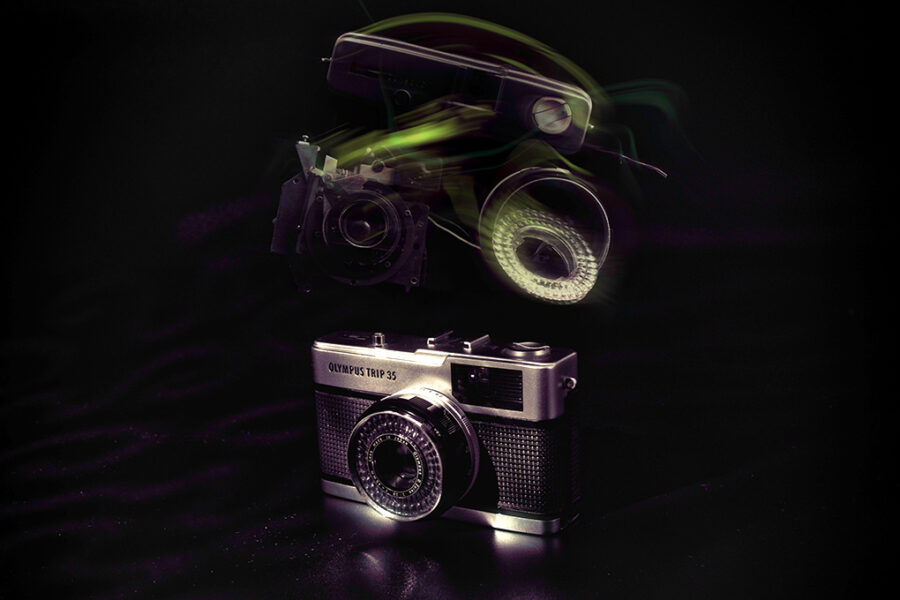
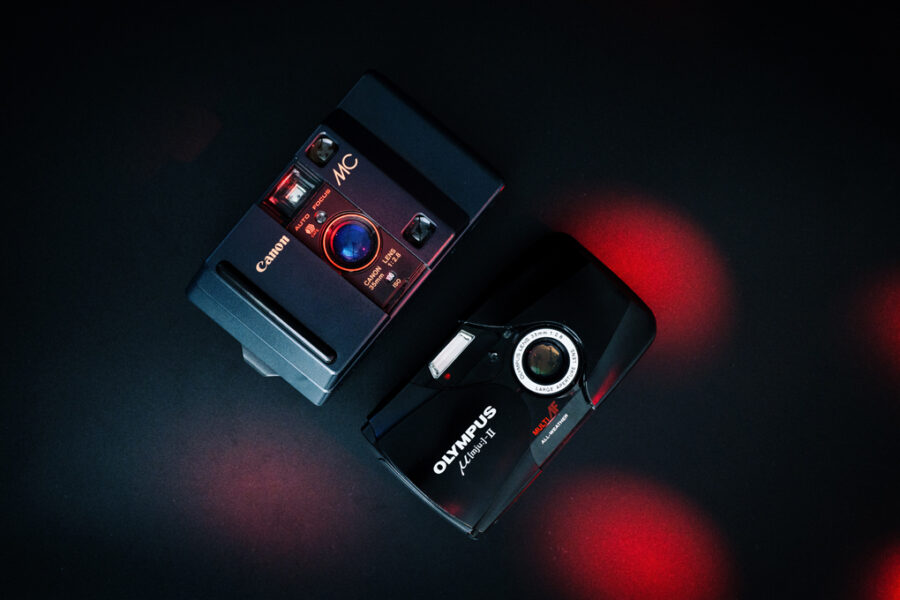
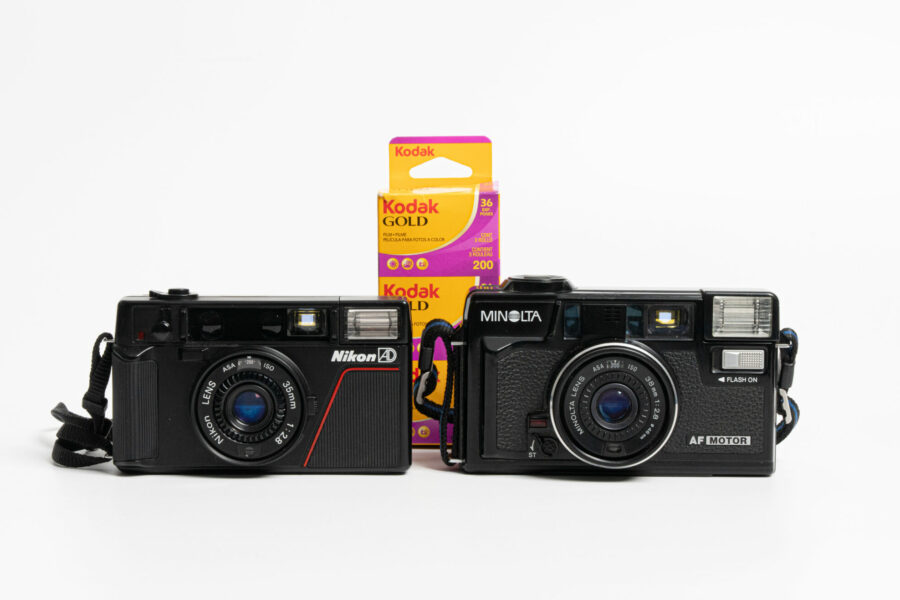
Leave a Comment